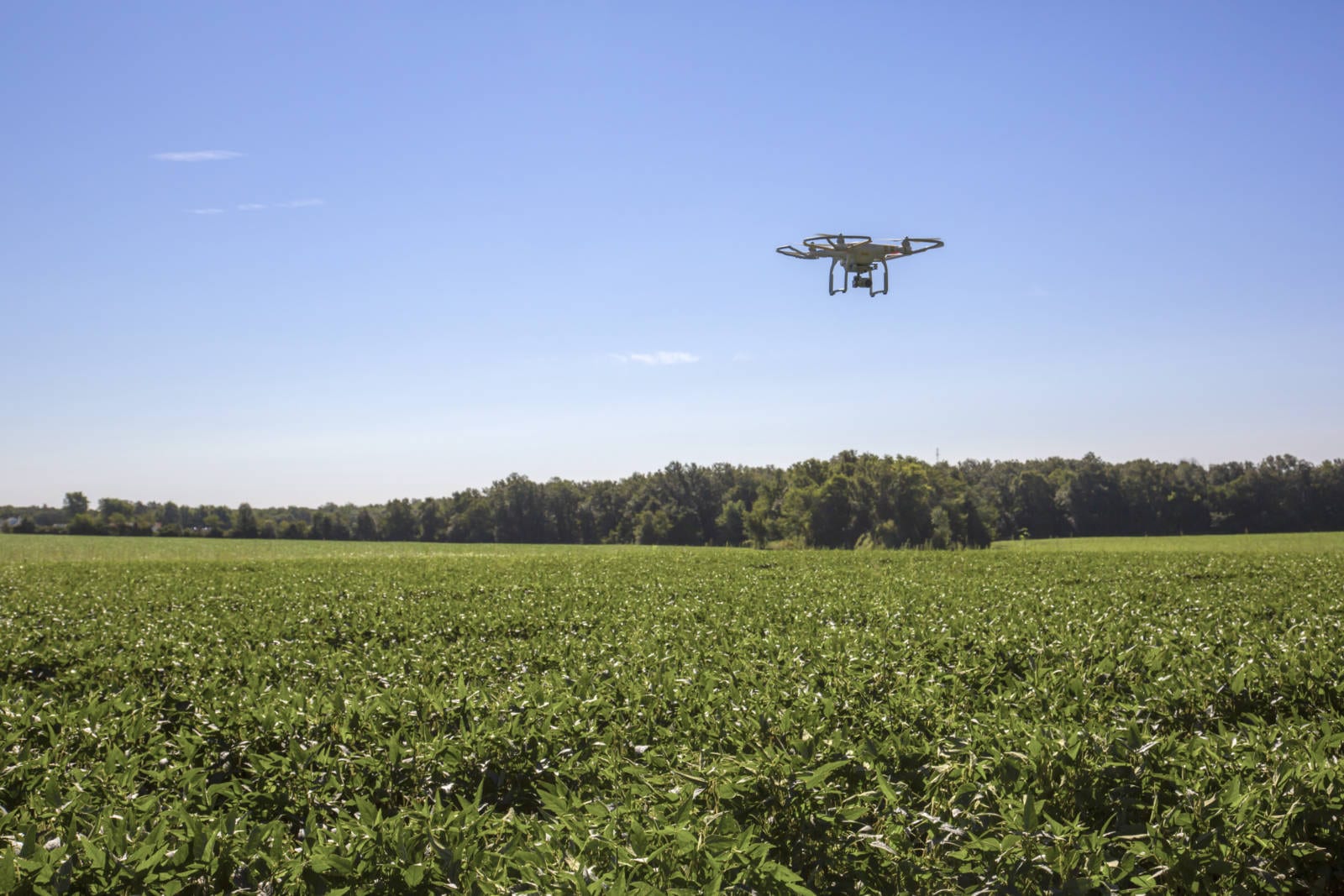Many U.S. farmers are vocal in stating that precision agriculture (also known as “big data”) has changed the way they farm. But can precision agriculture, and the enhanced level of data that goes with it, also revolutionize the global food chain? It’s a possibility being studied by technology experts and analysts worldwide. McKinsey & Company issued a report in 2016 concluding that approximately one-third of all food is lost during production each year. In the April 30 issue of Forbes, contributor Jennifer-Kite Powell also explored this conundrum, reporting that food loss and waste cost roughly $940 billion and account for more than 8 percent of global emissions.
These high-profile reports present a daunting problem, but it’s a challenge precision agriculture and big data just might help mitigate. Precision agriculture is expected to grow to more than a $2.4 billion market by 2020 – the same year that global population is expected to exceed nine billion.
For years, precision agriculture has been transforming agriculture on a farm level by allowing farmers real-time data and “smart” technologies to better, more accurately pinpoint issues in order to spot-treat and by arming them with comparison and historical data that helps them more easily treat pests and diseases by field, or even by square foot or plant. Drones also help farmers scout for issues by giving them aerial views of their fields and plants; a much more efficient approach to scouting than attained by painstakingly walking their soybean rows.
Farmers can even irrigate and apply some herbicides from above by using drones. It’s not a common practice now, but by 2020 it’s predicted that nearly 500,000 commercial drones will be in use. Agriculture is one sector where drones may have the most impact, as this newfound accuracy allows farmers to better manage their resources, making them more sustainable and helping them to meet growing demand for food while minimizing waste.
Drones aren’t the only innovation U.S. farmers are looking closely at to boost their yields and profitability potential. Self-driving tractors, “smart” irrigation systems and other cutting-edge technologies are changing the landscape of farming just as iPhones changes the way we communicate. Collectively, these tools help farmers make better production decisions to farm more efficiently, sustainably and productively than ever before. And that is good news for the 9 billion of us who will rely on farmers to feed us in less than two years.
